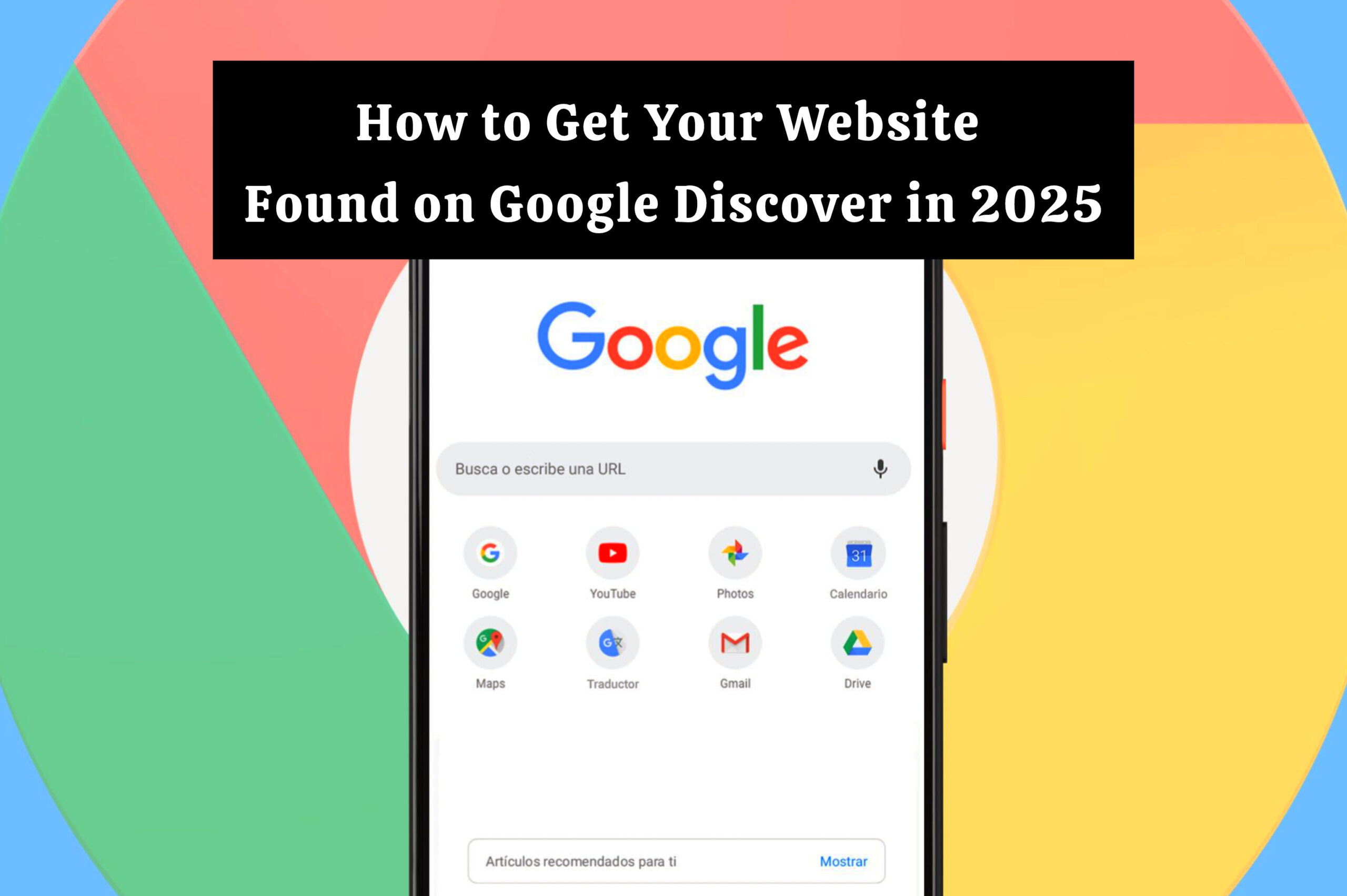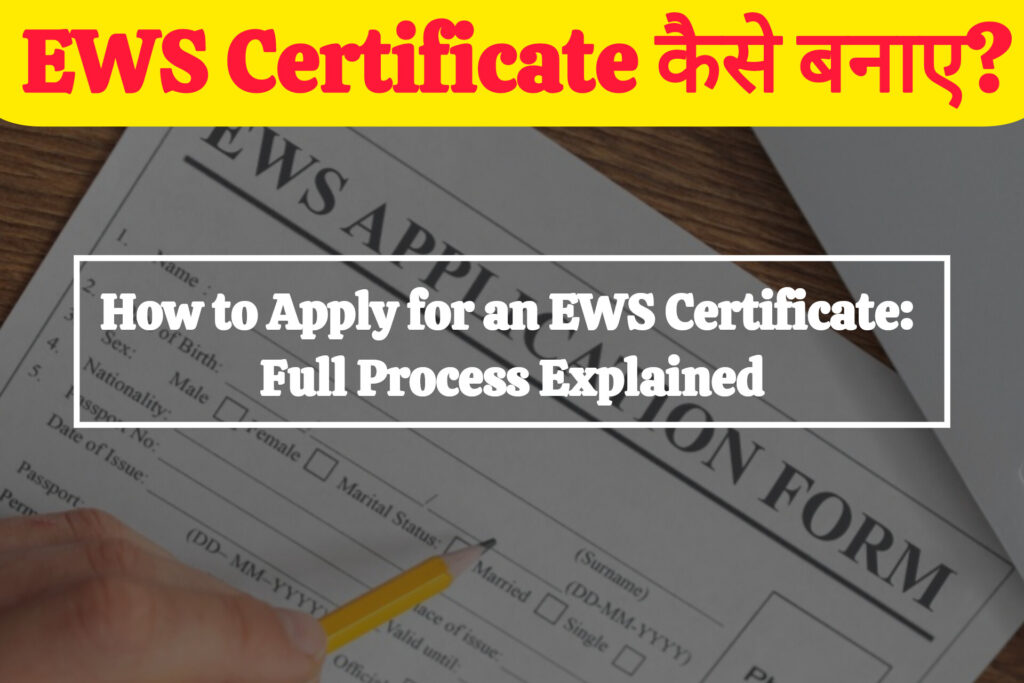Key Points
- Research suggests submitting your site to Google via Google Search Console can speed up discovery.
- It seems likely that optimizing for keywords, mobile-friendliness, and backlinks improves visibility.
- The evidence leans toward creating quality content and ensuring fast load times for better rankings.
Getting Started
To get your website discovered on Google, start by submitting it through Google Search Console (Google Search Console). This tool helps Google find your site faster, which is crucial for indexing. Check if your site is already indexed using the site: search operator (e.g., site:yourdomain.com) to see listed pages.
Optimizing for Discovery
Focus on making your site easy for Google to crawl by updating your sitemap and using robots.txt to control access. Choose relevant, long-tail keywords (e.g., “best vegan chocolate cake recipe”) and integrate them into your content, titles, and meta descriptions. Ensure your site is mobile-friendly and loads quickly, as these factors influence rankings.
Building Visibility
Create high-quality, user-friendly content that addresses user needs, and earn backlinks from reputable sites to boost authority. For local businesses, set up a Google My Business profile (Google My Business) to appear in local searches. Regularly monitor performance with Google Search Console and stay updated with SEO best practices.
Comprehensive Guide: Detailed Steps for Website Discovery on Google
As of 03:38 PM IST on Thursday, June 26, 2025, here is an in-depth guide to help you get your website discovered on Google, based on the latest insights from authoritative sources like Google’s official documentation and reputable SEO experts. This guide aims to provide a thorough understanding of the process, ensuring your site not only gets indexed but also ranks well for relevant searches.
Introduction
Google processes over 8.5 billion searches daily and indexes more than 576,000 new websites each day, handling 4 billion gigabytes of web traffic. With such vast competition, getting your website discovered requires strategic optimization. This guide combines practical steps from various sources, including Google’s SEO Starter Guide, Wix’s step-by-step article, and WebFX’s strategies, to offer a complete roadmap.
Step-by-Step Process
1. Submit Your Site to Google
- Purpose: Submitting your site ensures Google knows it exists, speeding up the indexing process.
- Action: Use Google Search Console (Google Search Console) to submit your site. For platforms like Wix, automatic submission may occur within 60 seconds, but manual submission is recommended for control.
- Verification: Check indexing status by searching
site:yourdomain.comin Google. This shows which pages are indexed, though it may not list all URLs. - Timeline: Indexing can take a few days to weeks, influenced by site size, content quality, and update frequency. Wix’s IndexNow integration with Bing can help speed this up (Wix IndexNow).
2. Ensure Crawlability and Indexability
- Purpose: Google uses crawlers to explore and index your site, but it needs access to your content.
- Actions:
- Sitemap: Update and submit a sitemap via Google Search Console to help Google discover all pages. This is optional but recommended (Google Sitemaps Overview).
- Robots.txt: Use this file to control which pages Google crawls, ensuring important content is accessible.
- Internal Linking: Optimize with descriptive anchor text (e.g., “best vegan recipes” instead of “click here”) to aid navigation and SEO.
- Monitoring: Use Google Search Console to check for crawl errors and fix issues like broken links or blocked resources.
- Example Impact: Proactive indexing can lead to an 8% increase in ranking pages, 8.5% growth in ranking keywords, and 13% increase in keyword value in 3 months, as seen in eCommerce case studies (Wix Case Study).
3. Keyword Research and Optimization
- Purpose: Keywords help Google match your site to user queries, improving visibility.
- Actions:
- Focus on long-tail keywords (e.g., “organic coffee beans for home brewing” vs. “coffee beans”), which have less competition and higher intent.
- Use tools like Google Keyword Planner, SEMrush, or Ahrefs for research. Incorporate keywords into titles, meta descriptions, headings, and content.
- Consider search intent: informational (e.g., “how to brew coffee”), transactional (e.g., “buy coffee online”), or navigational (e.g., “Starbucks website”).
- Best Practices: Avoid keyword stuffing; ensure keywords fit naturally. Google’s systems handle variations (e.g., “charcuterie” vs. “cheese board”), so focus on user-friendly content (Wix Keyword Tips).
4. Create High-Quality, User-Friendly Content
- Purpose: Google prioritizes content that is helpful, reliable, and people-first, improving user engagement and rankings.
- Actions:
- Write unique, up-to-date content addressing user needs, using clear headings, bullet points, and short paragraphs.
- Ensure readability with a focus on E-A-T (Expertise, Authoritativeness, Trustworthiness), though it’s not a direct ranking factor (Google E-A-T).
- Avoid copying content, as this can lead to penalties for scraped content (Google Spam Policies).
- Tip: Regularly update content to keep it fresh, especially for topics like news or trends.
5. Optimize Meta Tags and Titles
- Purpose: These elements influence how your site appears in search results, affecting click-through rates.
- Actions:
- Title Tags: Include the target keyword at the beginning, e.g., “Best Vegan Chocolate Cake Recipe – [Your Brand]”. Keep under 60 characters.
- Meta Descriptions: Write compelling, keyword-rich descriptions (under 160 characters) that encourage clicks, e.g., “Learn to make the best vegan chocolate cake with this easy recipe.”
- Image Alt Text: Use descriptive alt text, e.g., “vegan chocolate cake with strawberries,” for better accessibility and SEO.
- Tool: Use Google Search Console to preview how titles and snippets appear in search results (Google Title Link).
6. Optimize for Mobile
- Purpose: With 50% of global internet traffic from mobile devices (Mobile Traffic Stats), mobile-friendliness is crucial for rankings.
- Actions:
- Ensure responsive design using a mobile-friendly theme or template.
- Test with Google’s Mobile-Friendly Test tool (Google Mobile Test).
- Optimize load speed for mobile, aiming for under 2 seconds, using techniques like image compression and caching.
- Impact: Mobile optimization can improve user experience, reducing bounce rates and boosting rankings.
7. Build Quality Backlinks
- Purpose: Backlinks from reputable sites signal authority, improving your site’s ranking potential.
- Actions:
- Create shareable content like blog posts, infographics, or videos that other sites will link to.
- Guest post on niche publications or industry blogs, ensuring the content is valuable.
- Share your content on social media, directories, and community forums to increase visibility.
- Use tools like Ahrefs or Moz to monitor backlink quality and avoid spammy links.
- Caution: Avoid buying links or using black-hat tactics, as this violates Google’s policies (Google Link Schemes).
8. Set Up Google My Business (for Local Businesses)
- Purpose: For businesses serving local areas, this enhances visibility in local searches and the “local pack” (map listings).
- Actions:
- Claim and verify your profile at Google My Business (Google My Business).
- Add accurate details: name, address, phone number, hours, website, and categories.
- Encourage customer reviews, as they can improve local rankings.
- Tip: Ensure NAP (Name, Address, Phone) consistency across online directories for better local SEO.
9. Optimize Images and Videos
- Purpose: Images and videos can rank in Google Images and Video search, driving additional traffic.
- Actions:
- Add high-quality images near relevant text, using descriptive alt text (e.g., “vegan chocolate cake with strawberries”).
- For videos, embed on standalone pages with supporting text, optimizing titles and descriptions with keywords.
- Compress images to improve load speed without sacrificing quality (Image Optimization).
- Benefit: This can improve accessibility and SEO, especially for visual searches.
10. Improve Page Load Speed
- Purpose: Slow sites frustrate users and are penalized by Google, affecting rankings and traffic.
- Actions:
- Use tools like Google PageSpeed Insights (Google PageSpeed) or GTmetrix to identify issues.
- Optimize images, enable browser caching, minify CSS/JS, and reduce redirects.
- Choose a fast, reliable hosting provider, especially for high-traffic sites.
- Goal: Aim for a page load time of under 2 seconds on both desktop and mobile (Page Speed Importance).
11. Implement Responsive Design
- Purpose: Ensures a consistent user experience across devices, aligning with Google’s mobile-first indexing.
- Actions:
- Use a responsive theme or template for your website.
- Test on different devices and screen sizes to ensure compatibility.
- Tool: Verify with Google’s Mobile-Friendly Test (Google Mobile Test).
12. Consider Paid Advertising
- Purpose: For quick visibility, paid ads can complement organic efforts, especially for new sites.
- Actions:
- Set up a Google Ads account and bid on relevant keywords (Google Ads).
- Create clear, compelling ad copy with a strong call-to-action, directing users to an optimized landing page.
- Start with a small budget, focusing on high-intent keywords.
- Benefit: Pays only when ads are clicked, offering measurable results (PPC Basics).
13. Monitor and Maintain SEO
- Purpose: SEO is ongoing; monitoring ensures you adapt to changes and maintain visibility.
- Actions:
- Use Google Search Console (Google Search Console) to track indexing, crawl errors, and search performance.
- Regularly check rankings for target keywords using tools like SEMrush or Ahrefs.
- Stay informed with Google’s Search Central blog (Google Search Central Blog) and connect on LinkedIn (Google Search Central LinkedIn) or X (Google Search Central X).
- Tip: Avoid focusing on outdated tactics like meta keywords, keyword stuffing, or content length, as Google no longer uses these for ranking (Google SEO Myths).
Additional Considerations
- Indexing Time: Typically a few days to weeks, but can vary. Factors include site size, content quality, and update frequency. Use Wix’s IndexNow for faster indexing if applicable (Wix IndexNow).
- Common Pitfalls: Avoid over-optimization (e.g., keyword stuffing), black-hat tactics (e.g., buying links), and focusing on irrelevant metrics like content length or exact-match domains.
- Privacy and Contact: For privacy concerns, contact blogs@wix.com for Wix-related issues (Wix Contact).
Summary Table: Key Actions and Tools
| Step | Key Action | Tools/URLs |
|---|---|---|
| Submit Site | Use Google Search Console for submission | Google Search Console |
| Ensure Crawlability | Update sitemap, use robots.txt, optimize linking | Google Sitemaps Overview |
| Keyword Optimization | Research long-tail keywords, integrate naturally | Wix Keyword Tips |
| Content Creation | Write unique, helpful content | – |
| Meta Tags and Titles | Optimize titles and descriptions with keywords | Google Title Link |
| Mobile Optimization | Ensure responsive design, fast load speed | Google Mobile Test |
| Backlinks | Earn from reputable sites, avoid spammy links | – |
| Google My Business | Claim profile for local SEO | Google My Business |
| Image/Video Optimization | Use descriptive alt text, optimize titles | Image Optimization |
| Page Load Speed | Optimize images, enable caching | Google PageSpeed |
| Responsive Design | Test on multiple devices | Google Mobile Test |
| Paid Ads | Launch PPC campaign for quick visibility | Google Ads |
| Monitoring | Use GSC, stay updated with SEO trends | Google Search Central Blog |
This table summarizes the key actions and associated tools, ensuring you have a clear roadmap for implementation.
Conclusion
By following these detailed steps, you can significantly enhance your website’s chances of being discovered on Google, improving both indexing and ranking. Remember, SEO is a long-term strategy requiring patience and consistency. Regularly monitor performance and adapt to changes in Google’s algorithms to maintain visibility.
Key Citations
- How To Get Your Website On Google In 9 Steps Wix Blog
- 9 Really Easy Ways to Get Your Website Found on Google WebFX
- SEO Starter Guide The Basics Google Search Central
- Google Search Console Official Site
- Google My Business Official Site
- Google Sitemaps Overview Documentation
- Wix SEO Learn Long Tail Keywords Resource
- Google Title Link Appearance Documentation
- Google Mobile Friendly Test Tool
- WebFX Advanced Image Optimization Blog
- Google PageSpeed Insights Tool
- Google Ads Official Site
- Google Search Central Blog Official
- Google Search Central LinkedIn Page
- Google Search Central X Account
- Wix IndexNow Integration Resource
- Mobile Internet Traffic Statistics Statista
- Wix Proactive Indexing Case Study SlideShare









